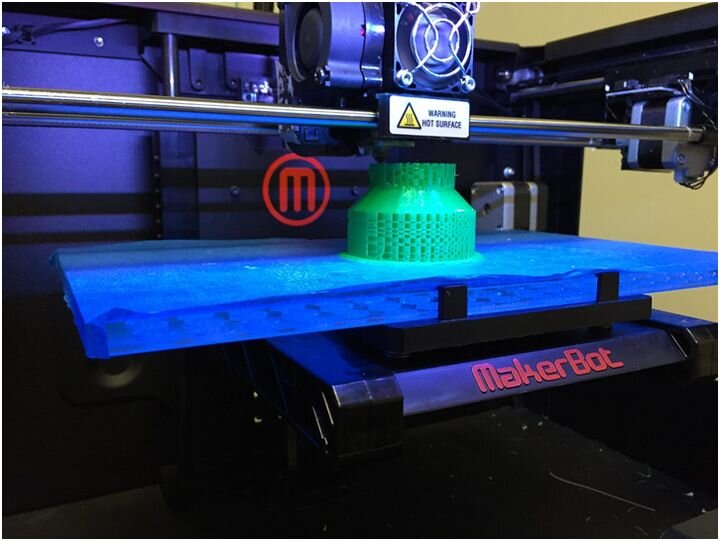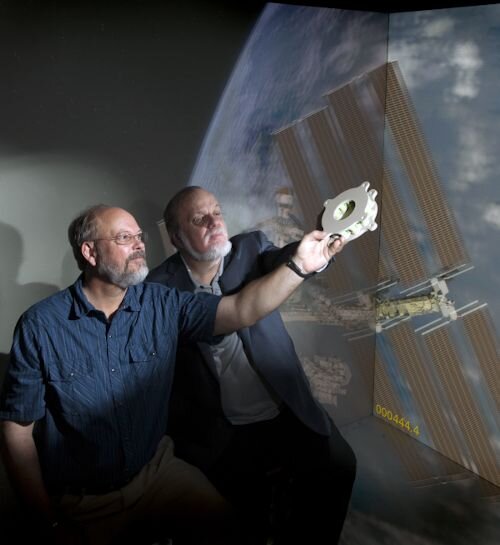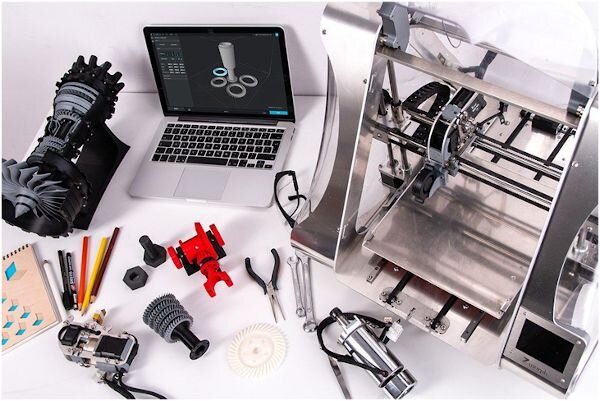
Charles Goulding and Greer Veon examine how 3D printing is affecting the progress of innovation.
Last month, Acumen Research and Consulting, a global provider of market research studies, recently published a report, “3D Printing Market by Technology,” citing that the state of 3D printing globally will expect to have market sales at approximately $41 billion by 2026. Research shows that in 2018, North America held the largest market share of adopting additive manufacturing and showing a strong presence in the fast-growing healthcare sector. As global 3D printing growth continues, the United States can remain the global leader if it continues to make the required effort.
In prior years, many American enterprises were part of a trend of sending production to overseas locations as well as their R&D centers to be closer to suppliers and engineering talent. Sending manufacturing offshore weakened America’s base and capabilities to produce new products and processes.
However, now that the United States has achieved in the largest market share for 3D printing, the country is restoring 1.68 million American engineers that can produce this work. Thus, the 3D printing industry within America can keep R&D initiatives within the states and be a leader in reversing the former trend of sending manufacturing and design efforts offshore. With the enactment of the U.S. – Mexico Canada Trade Agreement, more manufacturing is expected to return to the U.S.
The Current State of 3D Printing and R&D Initiatives

In Sculpteo’s 5th edition study, The State of 3D Printing, released earlier this year, several respondents from all over the globe in areas ranging from automobile to health and medical research design weighed in on several different questions about their company’s use of 3D printing for R&D purposes. Some of the key takeaways are:
-
Proof of concept and prototyping dominate 3D printing applications in 2019
-
80% of enterprises say 3D printing enables them to innovate faster
-
51% of enterprises are actively using 3D printing in production
Many companies are employing 3D printing as a research tool in discovering the key components, designs, and functions of their products. The study also shows that CAD Design leads the majority of time manufacturers to spend on projects related to 3D printing and additive manufacturing because the design-to-manufacturing strategy drives new product designs and innovations.
One challenge that many companies find with employing additive manufacturing is quality control, along with file preparation showing as the second-largest challenge. The quality of products and methods of preparation are vital for manufacturers and thus show a need to find the best engineers and product designers to create and execute 3D printing projects. This need opens the door for American workers within the 3D printing industry who can provide a high level of study needed to maintain manufacturing innovation.
Manufacturing USA and America Makes
In order to accelerate the quality of additive manufacturing and 3D printing innovation in the U.S., companies can look to and invest in networking partnerships with national institutions designed with a focus on promoting American manufacturers. The largest of these organizations is Manufacturing USA, a network of fourteen advanced manufacturing institutes in various areas of manufacturing technology.
Though the public-private partnerships work in different specializations, they come together to share a common goal of securing the future of U.S. manufacturing through innovation, education, and collaboration. Manufacturing USA’s mission is to connect people, ideas, and technology to enhance America’s industrial competitiveness as well as restore its preeminence by addressing manufacturing technology and workforce challenges.
America Makes, initially established by the U.S. Department of Defense in 2012, is the network division underneath Manufacturing USA that’s specifically focused on additive manufacturing and 3D printing. Leading companies within the 3D printing industry are part of a large group of members, including Protolabs, Stratasys, and Dassault Systemes Solidworks, who together focus on technology research and innovation for additive manufacturing competitiveness.
Recently, American Makes announced a Cooperative Agreement (CA) with the U.S. Department of Air Force’s Air Force Research Laboratory for seven years, in the amount of $322 million. The CA’s funding will support America Makes’ initiatives to expand and advance the adoption of additive manufacturing in areas specifically for materials, design, education, and community.

As the government works with network divisions to improve American manufacturing opportunities, multiple opportunities will open for 3D printing. While there’s a strong focus on advancing and increasing the quality of engineers and product designers using additive manufacturing technology, companies will also benefit from keeping R&D functions and projects within the country. Companies invested in the technology and advancement of the 3D printing industry will likely qualify for the federal R&D tax credit, as described below.
The Research & Development Tax Credit
Enacted in 1981, the now permanent Federal Research and Development (R&D) Tax Credit allows a credit that typically ranges from 4%-7% of eligible spending for new and improved products and processes. Qualified research must meet the following four criteria:
-
Must be technological in nature
-
Must be a component of the taxpayer’s business
-
Must represent R&D in the experimental sense and generally includes all such costs related to the development or improvement of a product or process
-
Must eliminate uncertainty through a process of experimentation that considers one or more alternatives
Eligible costs include US employee wages, cost of supplies consumed in the R&D process, cost of pre-production testing, US contract research expenses, and certain costs associated with developing a patent.
On December 18, 2015, President Obama signed the PATH Act, making the R&D Tax Credit permanent. Beginning in 2016, the R&D credit can be used to offset Alternative Minimum tax for companies with revenue below $50MM and, startup businesses can obtain up to $250,000 per year in payroll tax cash rebates.
Conclusion
In order for America to remain the leader in additive manufacturing, U.S. companies investing in the 3D printing industry must support their R&D initiatives with engineers and product designers within the United States.

